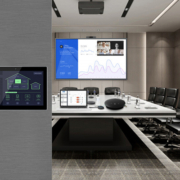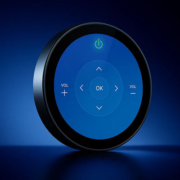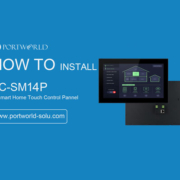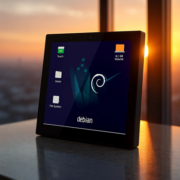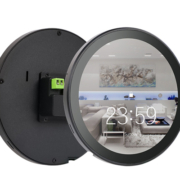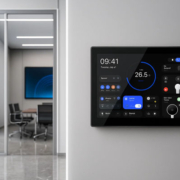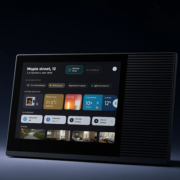How to Choose a 10-Inch Smart Home Control Panel with RS485 and KNX for Building Automation
As smart buildings and intelligent homes become more advanced, choosing the right control interface is critical. A 10-inch smart home control panel offers the perfect balance between usability, visibility, and functionality—especially when paired with industrial-grade protocols like RS485 and KNX.
Whether you’re upgrading a hotel room system, automating a smart office, or managing an entire building’s lighting and HVAC systems, the control panel must offer protocol compatibility, reliable performance, and future-ready scalability.
This article will walk you through key features to look for in a 10-inch smart control panel and introduce Portworld, a leading OEM/ODM manufacturer that delivers highly integrated and customizable panel solutions.
Why Size and Protocols Matter: 10-Inch + RS485 + KNX
Why 10-Inch Panels Are Ideal
A 10-inch display provides ample space for:
- Multi-room control dashboards
- Energy monitoring visualizations
- Gesture-friendly UI/UX
- Commercial signage integration
- Home automation scenes with live camera feeds
Larger than a 7-inch but still compact enough for wall mounting, this screen size is perfect for shared spaces like living rooms, hotel suites, lobbies, and boardrooms.
RS485: Industrial-Grade Stability
RS485 is widely used in commercial building automation systems for:
- HVAC (Heating, Ventilation, Air Conditioning)
- Lighting dimmer control
- Curtain/blind motors
- Access control and elevator systems
Its long-distance communication and resistance to electromagnetic interference make it ideal for industrial-scale reliability.
KNX: Open Standard for Buildings
KNX is a globally adopted open protocol for building automation, covering:
- Climate control
- Lighting scenes
- Energy management
- Smart security
If you’re planning centralized automation with professional-grade equipment, KNX support is non-negotiable.
Key Factors When Choosing a 10-Inch Smart Control Panel
1. Protocol Integration (RS485, KNX, Zigbee, etc.)
Make sure the panel supports RS485 and KNX natively—either through built-in ports or via expansion modules. Bonus points if it includes Zigbee, Bluetooth, Wi-Fi, and RJ45 Ethernet for hybrid smart systems.
2. Operating System (Android or Linux)
An Android-based panel offers flexibility, easier app development, and third-party compatibility. Some advanced models also support Linux or dual-boot options for integrators with specific platform needs.
3. AI Capabilities
Look for chipsets like Rockchip RK3588 that support:
- Voice control
- Facial recognition
- Smart scene automation
- Local processing for speed and privacy
This is especially useful in AI-driven smart buildings.
4. OEM/ODM Flexibility
If you’re a brand or integrator, make sure your manufacturer offers:
- Custom UI/UX
- Logo branding
- Housing design flexibility
- SDK/BSP development support
- Regional protocol support

